The moldmaking and plastics industry faces an unprecedented labor crunch exacerbated by a fragile international supply chain and rapidly growing domestic demand. With reshoring on the rise, the issue of tooling lead times and costs has reached a critical point. Robotics, simulation software and metal 3D printing can significantly reduce the labor required during the moldmaking process, enabling shorter lead times and lower costs. Shops embracing these technologies are solving labor shortages and ensuring longevity as labor scarcity continues.
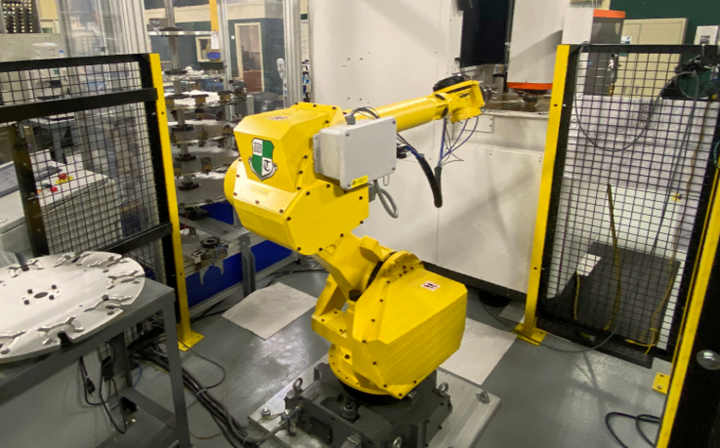
Westminster Tool, a precision toolmaker located in Plainfield, Connecticut, palletized its sinker EDM electrodes and integrated robotics to swap the electrodes during burning, allowing the EDM cell to run lights out with minimal user interaction. Photo Credit: Westminster Tool
1. Robotics
Shops can use robots to automate parts of the toolmaking process, for example, an EDM cell that automatically swaps sinker EDM electrodes, allowing the machine to run lights out without needing a user to change the electrodes manually. A shop can also palletize workpieces, automatically enabling robotics to move pieces from machine to machine. These systems help to eliminate the impact of part setup time and reduce your non-value-added costs by providing a constant flow of parts to the machines, keeping them running. Palletization also improves tolerances and part consistency since tools aren’t being refixtured when moved between machines. While setup can be expensive and requires highly skilled labor, palletization combined with robotics can dramatically increase shop and machine efficiency.
Robotics, simulation software and metal 3D printing can significantly reduce the labor required during the moldmaking process, enabling shorter lead times and lower costs.
2. Simulation
To ensure you optimize the labor you do have, simulation products help understand how molds move through your shop, enabling the identification of backups before they happen. For example, discrete event simulation software that models and simulates a digital twin of your shop floor — including robots, automation, material handling systems and people — to improve shopfloor performance. Once the digital twin is created, experiments can be run to determine the results of different equipment and labor distributions.

Nicolet Plastics used Mantle’s metal 3D printing technology to print three complex inserts, requiring only a few hours of user interaction. Nicolet could remove all sinker EDM work required, decreasing lead time from 6 weeks to 2 weeks. Plus, the printed insert only needed 10 hours of hands-on moldmaking time. Photo Credit: Nicolet Plastics
3. Metal 3D Printing
Metal 3D printing can automate up to 95% of a mold build with minimal user interaction. For example, printing H13 tool inserts that are close to final after printing. Depending on the surface finish and tolerance required, printed inserts only require grinding to fit into the mold base and finish the ejector pin holes. This small amount of finishing is enabled via technology that prints parts with a D2 surface finish comparable to sinker EDMs and tolerances of ±0.001 inch per inch. Since the printer requires no user interaction during printing and only an hour to set up, it reduces the amount of labor required to build a tool, enabling moldmakers to focus on other critical tasks and increase shop throughput.
Related Content
CAM Automation Increases Mold Production, Quality
Mold builder switches CAM software package after 20 years to take advantage of innovative programming strategies that reduce mold machining programming and processing times.
Read MoreTechnology Roundup: New/Improved Technologies You Don't Want to Miss
With all the technology joining the market, moldmaking is a versatile, ever-evolving industry. As such, this technology roundup has no specific theme — it features a variety of products for applications and solutions across the industry.
Read MoreHow to Use Automation to Minimize Mistakes and Speed Mold Build Process
A guide to capturing and reusing company knowledge and experience with software automation.
Read MoreHow to Automate Process and Design
Moldmakers can improve their operations and stop wasting time by taking these six steps for process and design automation.
Read MoreRead Next
How to Start Automating Your Moldmaking Operation
A few fundamentals of moldmaking automation include identifying key areas and places to avoid and addressing common concerns and roadblocks.
Read More3 Ways a Small Mold Builder Uses 3D Printing
Mold builder uses 3D printing for simultaneous mold manufacturing, conformal cooling and hybrid designs.
Read MoreMMT Chats: Pushing Further 3D Printing Development for Tooling
Partnership yields improvements to how tooling components are made with a new level of precision, accuracy and surface finish right out of the printer. Hillary Thomas, Westminster Tool and Paul DiLaura, Mantle tackle these topics with MMT Editorial Director Christina Fuges. This episode is brought to you by ISCAR with New Ideas for Machining Intelligently.
Read More.jpg;maxWidth=970;quality=90)

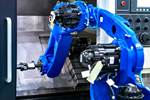

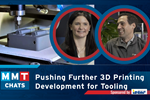









.jpg;maxWidth=300;quality=90)
_300x250 4.png;maxWidth=300;quality=90)


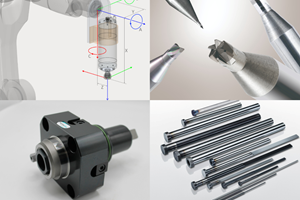
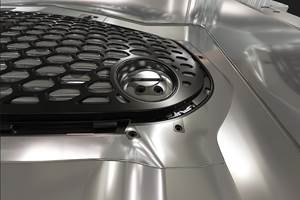

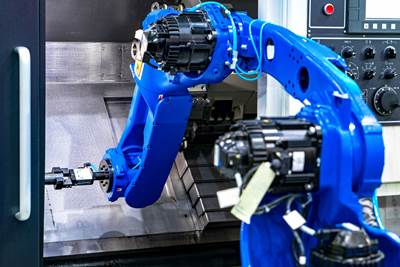

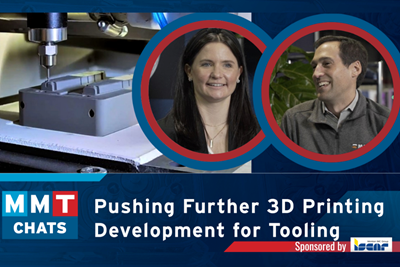
.jpg;maxWidth=970;quality=90)